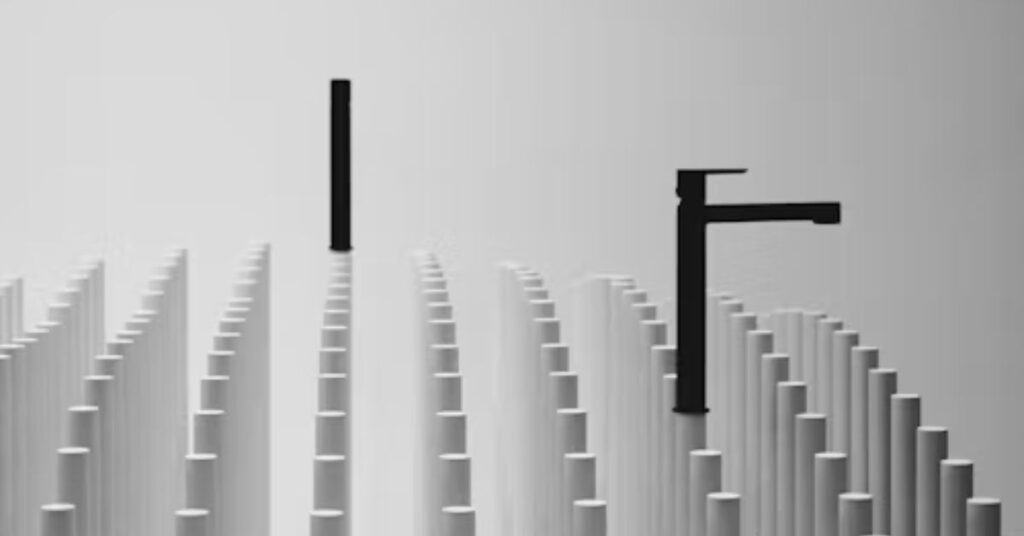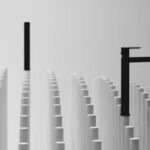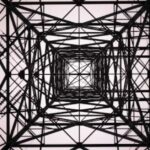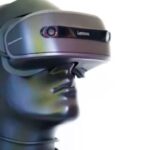In the realm of science, engineering, health, and manufacturing, precision is not optional—it is essential. “Kalibraatio,” the Finnish term for calibration, represents the process that ensures our instruments provide accurate, reliable, and consistent measurements. Whether it’s a hospital thermometer, a factory’s torque wrench, or a scientific pH meter, calibration anchors trust in every number. But the topic remains underappreciated by many outside technical fields. This article will illuminate how kalibraatio operates, where it’s indispensable, and why it remains a quietly powerful player in quality assurance, innovation, and even safety.
The Fundamentals of Kalibraatio
Kalibraatio is the comparison of a measurement instrument or system against a known standard. If a thermometer is expected to read 100°C in boiling water, calibration checks whether it indeed does—and adjusts it if not.
The aim of kalibraatio is not always to “fix” but to verify. It provides a traceable assurance that the instrument performs within accepted limits. This traceability connects each measurement back to national or international standards, forming a chain of trust.
Why It Matters:
- Quality Control: Faulty readings in manufacturing can lead to defective products.
- Legal Compliance: Many industries require documented calibration for regulatory approval.
- Scientific Integrity: Research relies on repeatable, trustworthy data.
- Health and Safety: Inaccurate readings in medical instruments can have fatal outcomes.
Historical Context: The Origin of Calibration
Though the term “kalibraatio” might feel modern, the concept is ancient. From Egyptian builders standardizing cubit rods to Galileo calibrating his thermoscope, the principle has always existed: tools must align with reality.
In the industrial age, the need for standardization grew rapidly. The introduction of the metric system gave calibration a structured form. Today, metrology institutes like NIST (USA), PTB (Germany), and VTT (Finland) maintain these standards globally.
The Process of Kalibraatio
The kalibraatio process may seem straightforward, but its rigor ensures reliability across millions of measurements.
Typical Calibration Process:
| Stage | Description |
|---|---|
| Identification | Choose the instrument to be calibrated. |
| Reference Setup | Prepare traceable standards with higher accuracy than the instrument. |
| Environmental Control | Ensure the calibration area has stable temperature, humidity, etc. |
| Measurement | Take multiple readings and compare to the standard. |
| Error Analysis | Calculate deviation and uncertainty. |
| Adjustment | If necessary, tweak the instrument to match the reference. |
| Documentation | Log all results and produce a calibration certificate. |
This chain of activities is known as a calibration cycle, which often includes periodic re-verification.
Types of Kalibraatio
Calibration is not one-size-fits-all. Different tools and industries demand tailored approaches.
1. Mechanical Calibration
Instruments like torque wrenches, calipers, or pressure gauges fall in this category.
2. Electrical Calibration
Used for multimeters, oscilloscopes, or voltage/current sensors.
3. Thermal Calibration
Thermometers, furnaces, or environmental chambers are tested for heat-based accuracy.
4. Chemical Calibration
Balances, pH meters, or titrators in laboratories must adhere to chemical measurement standards.
5. Dimensional Calibration
Used in high-precision manufacturing for length, angle, or geometric characteristics.
Each type has different tolerances and procedures, but all seek one result: trust in the measurement.
Kalibraatio in Industry: Case-by-Case Use
Let’s explore where kalibraatio makes its greatest impact:
Healthcare
Hospitals rely on blood pressure monitors, thermometers, infusion pumps, and diagnostic machines. An uncalibrated infusion pump could deliver too much or too little medication.
Aviation
From altimeters to fuel sensors, every aircraft undergoes routine calibration. Safety regulations demand absolute precision at every altitude.
Food & Beverage
Batch consistency, cooking temperatures, and pH levels are tightly monitored to meet safety and quality standards.
Manufacturing
CNC machines, robotic arms, and molds operate within microns. Calibration keeps every unit uniform.
Energy Sector
Calibrated flow meters ensure that customers are billed accurately for gas, oil, or electricity usage.
Challenges in Kalibraatio
Though essential, calibration faces several real-world challenges:
- Environmental Sensitivity: Even a slight temperature shift during calibration can affect outcomes.
- Instrument Drift: Tools wear out or change over time, making ongoing calibration necessary.
- Resource Intensive: High-accuracy calibration requires skilled technicians, certified labs, and often downtime.
- Uncertainty: Every measurement carries inherent uncertainty. The goal is to keep it within acceptable limits.
The Role of Automation in Kalibraatio
As industry 4.0 advances, automation is transforming calibration:
- Digital Twins: Simulated calibration environments reduce physical testing.
- AI-Driven Diagnostics: Algorithms predict drift patterns and schedule calibration automatically.
- Remote Calibration: Wireless devices can be calibrated through IoT-enabled protocols.
This doesn’t eliminate the human role but enhances speed, frequency, and data depth.
Metrological Traceability and Accreditation
Calibration without traceability is like a GPS with no satellite link. Instruments must connect to known standards—often maintained by national bodies.
In most countries, accredited labs follow ISO/IEC 17025, a global standard for calibration and testing.
| Traceability Chain | Function |
|---|---|
| International Standards | Defines fundamental units like meter, kilogram, kelvin |
| National Standards | Maintained by metrology institutes (e.g., NIST, VTT) |
| Reference Instruments | High-accuracy tools in certified labs |
| Working Instruments | Day-to-day equipment used in factories, hospitals, labs |
The strength of this chain determines how reliable any measurement ultimately is.
The Psychology of Measurement: Trust in Numbers
We live in a data-rich world. But data is only meaningful if we trust its source. Kalibraatio ensures that trust. Whether it’s your smart home’s thermostat or your car’s tire pressure sensor, calibration shapes your experience of reality.
And yet, few outside technical professions consider the process behind these measurements. Just as we don’t think about oxygen until it’s gone, calibration is silent until something fails.
Innovations in Kalibraatio: Looking Ahead
The field is far from static. In fact, emerging technologies are redefining its scope:
Quantum Calibration
Quantum devices provide unchanging, atomic-level standards. The kilogram is now defined via the Planck constant, not a physical object.
On-Site Mobile Labs
Portable calibration labs reduce downtime and make it viable for remote locations.
Smart Instruments with Self-Calibration
Instruments now increasingly include internal references and AI that self-correct, reducing manual intervention.
Green Calibration
Energy-efficient labs, reduced waste materials, and e-certificates are becoming part of the sustainability wave.
Kalibraatio Certificate: More than Just a Paper
A calibration certificate is not a formality—it is a legal, technical, and operational document. It includes:
- Instrument Identification
- Calibration Date
- Reference Standards Used
- Environmental Conditions
- Results and Deviations
- Measurement Uncertainty
- Technician Signature
Many industries won’t accept data or reports without a valid certificate. For audits, certifications, or disputes, it’s the backbone of credibility.
Table: Misconceptions vs Reality in Kalibraatio
| Misconception | Reality |
|---|---|
| Calibration is only for labs | It’s used in healthcare, aviation, automotive, food, and more |
| Once calibrated, always accurate | Instruments drift; recalibration is necessary |
| It’s just about accuracy | Also about traceability, uncertainty, and safety |
| DIY is good enough | Without traceable standards, the results are unreliable |
| Only technical staff need it | It impacts operations, safety, quality, and brand reputation |
The Human Touch in a Digitized Process
Though automation supports kalibraatio, human expertise is irreplaceable. Technicians interpret anomalies, assess wear, and understand the nuances of instruments. Training and institutional knowledge remain the soul of metrology.
The future may be smart, but it still needs humans to calibrate the intelligence.
Conclusion: Kalibraatio in a Calibrated World
Our modern world thrives on numbers. But behind every trusted number is a web of checks, comparisons, and calibrations. Kalibraatio is not just a technical procedure—it’s a silent guarantor of precision, quality, safety, and fairness.
It turns assumptions into assurances. It transforms raw instruments into tools of trust. Whether you’re in a hospital bed, a factory line, or a spacecraft, kalibraatio plays its quiet role—ensuring that what we measure is not just accurate, but meaningful.
As we move deeper into a sensor-filled, automated, and quantified future, understanding the principles and practices of kalibraatio becomes not just relevant, but vital.
FAQs
Q: How often should instruments be calibrated?
A: Frequency depends on usage, environment, criticality, and past performance. Some tools need annual checks; others need monthly.
Q: Is calibration the same as adjustment?
A: No. Calibration verifies; adjustment changes instrument settings. Not all calibrations result in adjustment.
Q: Who can perform calibration?
A: Ideally, trained technicians in accredited labs. DIY methods often lack traceability and documentation.
Q: What happens if equipment is not calibrated?
A: It risks inaccurate readings, legal noncompliance, product defects, and safety hazards.
Q: Can calibration be done digitally?
A: Increasingly, yes—especially for smart sensors, electric devices, and cloud-based systems.







